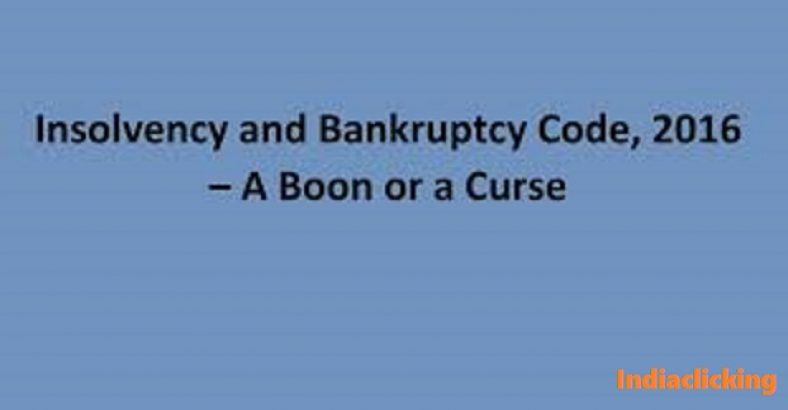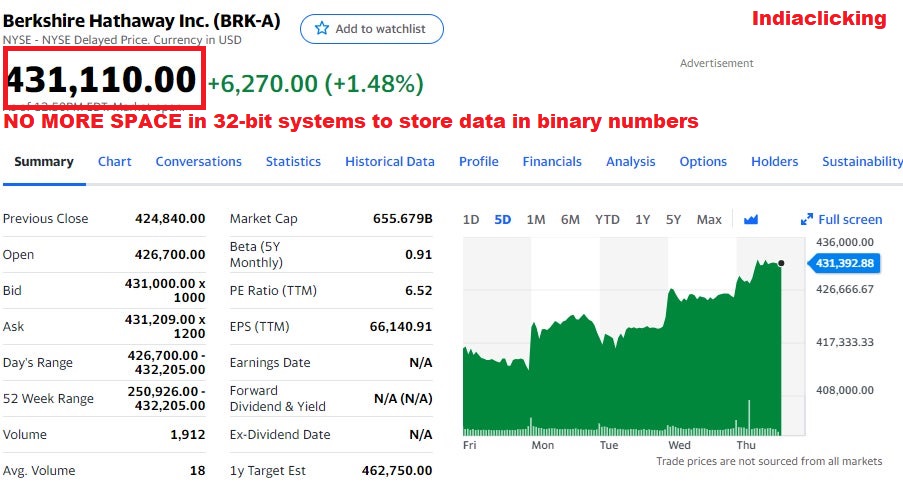
A big question whether the IBC, a Boon or a Bane for the Indian Banking System. Insolvency and Bankruptcy Code (IBC) was set up in year 2016 to deal with powerful and influential corporate defaulters. The basic aim of the IBC was to put creditors in control of a defaulting company until a resolution was achieved. Thus, it would help banks in making time-bound and meaningful recoveries from big corporate defaulters.
But in the recent one-time settlement deal between Siva Industries and Holdings Ltd (SIHL) and its lenders like IDBI and others has sparked a debate on whether it sets a bad precedent for defaulting promoters to regain control of their companies by undermining the Insolvency and Bankruptcy Code.
SIHL, the holding company of the Siva group, owed around Rs 5,000 crore to lenders. It was dragged to NCLT in July 2019 and with no successful suitors yet, the company was heading to liquidation. In April this year, its promoter C Sivasankaran managed to convince majority of the lenders to withdraw the company from the corporate insolvency resolution process and go in for a one-time settlement of Rs 500 crore. In effect, banks sacrificed 90 percent of their outstanding loans—about Rs 4,500 crore—to SIHCL as reported by Moneycontrol.
“This is completely defeating the purpose of the much trumpeted IBC system,” said C H Venkatachalam, general secretary of All India Bank Employees Association (AIBEA), a trade union. “This is devoid of transparency. Besides, this will encourage more wilful corporate defaulters to pressurise banks to retain their ownership by repaying a small portion of the loan taken.” He also added that apart from undermining the IBC, the written off amount is public money as banks are guardians of public deposits. “The fact is Rs 4,500 crore is a loss. It is people’s money. Who will bear this Rs 4,500 crore loss?”
This was the mockery of the IBC as big defaulters could now find a way of using out-of-court settlements to wrest back management control of their company before it goes into liquidation, paying a fraction of what they actually owed to banks.
SIHL’s promoter Sivasankaran is a well- known Chennai-based businessman with investments spanning real estate, hospitality, shipping, minerals and agro exports. At one time, he also controlled companies such as Aircel and Barista, and had a stake in Tamilnad Mercantile Bank.
As usual there was no violation of any law in this case. Section 12 A of the IBC allows insolvency cases to be withdrawn with the approval of the members of the committee of creditors (CoC) with 90 percent voting share. In SIHL’s case too, creditors voted in favour of the settlement in the first week of April and National Company Law Tribunal (NCLT) approval is awaited, IDBI Bank, the lead lender said on Twitter.
According to the Section 29A of IBC, an insolvent, a wilful defaulter or a person who was a promoter or was in the management of the corporate debtor, among other conditions would not be allowed to bid for the insolvent company concerned.
A recent Supreme Court judgement also made it clear that promoters cannot even participate in the liquidation of a company under IBC.
Now, other promoters could potentially take the same path path to retain control of their bankrupt companies as buyers typically stay away from companies embroiled in investigations. In the absence of a buyer, the company will be pushed to liquidation, giving way to the old promoter make a counter offer. Already, the IDBI-SIHL deal has sparked a rush among promoters to their lenders seeking general bail outs, reported the Business Standard on May 16.
In its Twitter note, IDBI Bank, which itself was bailed out by the Life Insurance Corporation of India two years ago, said that the OTS made sense for the lenders as they would have got an even lower amount had SIHL gone into liquidation considering the valuation of the assets available as security.
“The idea of NCLT itself is to get maximum financial recoveries possible. When the company is heading for liquidation, accepting the offer made sense to lenders,” said a banker. Even with Rs 500 crore, banks would be happy since they would be able to write back some part of earlier provisions (money set aside against loss) and show as profit.
Also Read – Nasdaq Fails to Store Berkshire Hathaway share price
Apart from IDBI which has an exposure of Rs 876.07 crore, SIHL owed money to Union Bank of India, State Bank of India, Yes Bank and Bank of India, and International Asset Reconstruction Company (IARC), among others.
Indeed, it isn’t as if banks have gone along with all such offers by promoters. There have been a few prominent cases in the past where banks have refused to entertain the offers of defaulted promoters for OTS or similar settlements. The most recent example is Kapil Wadhawan’s bid for Dewan Housing Finance Corporation (DHFL). Wadhawan had repeated his offer to pay off the dues to all creditors over a period of seven to eight years. But banks didn’t accept the offer. Eventually, the company went to Piramal Group. Wadhawan owed around Rs 90,000 crore to lenders.
Though not an NCLT case, a similar thing happened in the Kingfisher-Vijay Mallya case as well. Mallya who has defaulted around Rs 9,000 crore to an SBI-led consortium and escaped to UK in March, 2016, has made offers several times to settle principal amount to lenders. But banks rejected the offer in this case too.
Do you have anything to comment on the topic “IBC, a Boon or a Bane for the Indian Banking System”.








1 Comment
Banker
Nice one